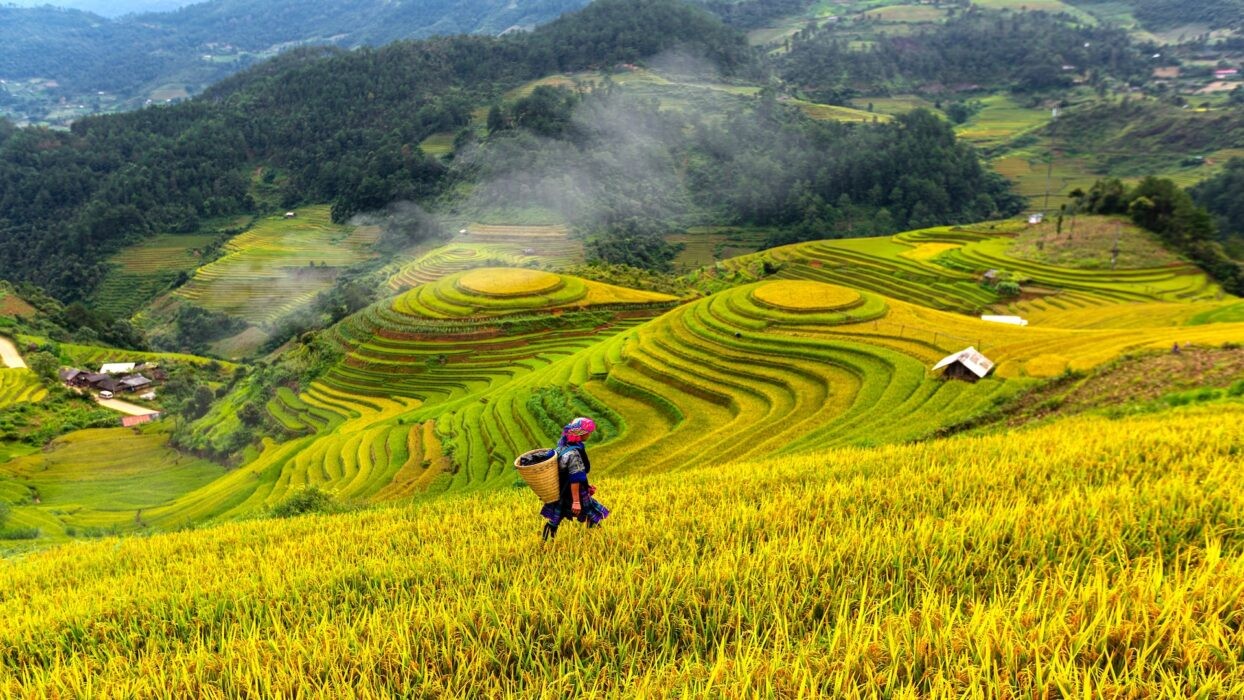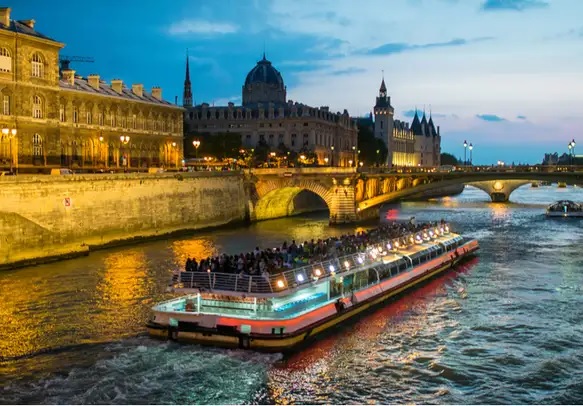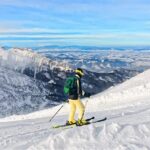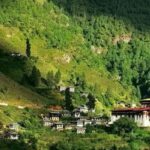Unveiling the Beauty of Sapa – A Trekking Guide

Sapa, located in the northern hilly domain of Vietnam, is famous for its marvelous countryside, lush rice terraces, and throbbing youth education. Home to the maximal peak in Indochina, Fansipan, Sapa is a land for trekkers and nature enthusiasts following an immersive adventure in the middle of beautiful scenery.
Follow this Sapa trekking guide showing everything you need to see before embarking on your journey.
When to Trek in Sapa
Sapa’s weather is from distinct seasons, each contribution a unique occurrence for trekkers. The best time to visit Sapa for trekking is from March to May and September to November. During these months, the weather is nearly mild, accompanying clear skies and thriving flowers embellishing the landscapes.
Avoid visiting all the during the rainy season from June to August, as the trails may be slippery and challenging to navigate.
Choosing the Right Trekking Route
Sapa offers a variety of trekking routes catering to various preferences and appropriateness levels. From easy hikes through blooming valleys to challenging ascents to the top of Fansipan, there is a trail for each adventurer. Popular hiking routes in Sapa include
· Cat Cat Village Trek
A short and smooth trek suitable for novices, offering an insight into the local H’mong education.
· Y Linh Ho Lao Chai Ta Van Trek
A moderate trek through terraced rice fields and cultural minority villages provides an enlightening immersion occurrence.
· Fansipan Summit Trek
A challenging multiera trek to the peak of Fansipan, offering panoramic views of the encircling mountains and canyon.
Before embarking on a trek, grant your fitness level, journeying experience, and the event of the hike to choose a route that suits your preferences.
Essential Trekking Gear
To guarantee safe and affluent trekking knowledge in Sapa, it is essential to pack the right gear. Some of the must-have articles for your trekking trip include
- Sturdy hiking boots accompanying good grip
- Lightweight, moisture-wicking attire
- Waterproof jacket and trousers
- Sun hat and glasses
- Insect repellent
- First aid kit
- Plenty of water and energy snacks
- Camera to capture the awesome scenery
Having the right gear will not only reinforce your comfort during the trek but also ensure your security in the unpredictable ridge terrain.
Cultural Etiquette and Responsible Trekking
As you trek through the remote villages of Sapa, it is important to respect the local culture and customs of the ethnic youth communities. Here are a few tips to ensure mature trekking in Sapa
- Always ask for authorization before taking photos of the residents.
- Respect the customs and theories of the ethnic youth groups you encounter.
- Avoid giving gifts or services directly to youth, as it may preserve a culture of reliance.
- Dispose of waste responsibly and carry out some litter to maintain the pristine surroundings.
By respecting the local idea and practicing mature trekking, you help the preservation of Sapa’s exclusive heritage and ecosystems.
Accommodation Options in Sapa
Sapa offers a range of accommodation options helping to different budgets and desires. From homestays in ethnic minority villages to luxury resorts disregarding the mountain valleys, There is something for all in Sapa. Some popular accommodation choices in Sapa involve
- Homestays with local classifications for authentic cultural knowledge
- Boutique hotels in Sapa township offer comfort and availability
- Eco-friendly lodges nestled in the middle of nature for a quiet retreat
Choose accommodation that aligns accompanying your trekking journey and allows you to relax after a day of exploring the attractive landscapes of Sapa.
Conclusion
Sapa’s mesmerizing advantage, rich cultural tradition, and diverse trekking opportunities make it a must-visit goal for nature lovers and adventure.
















